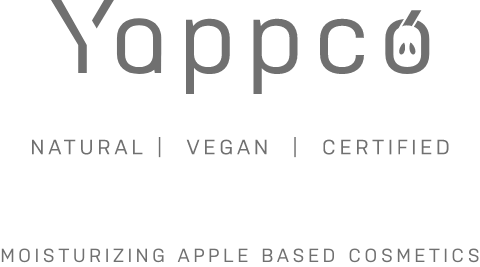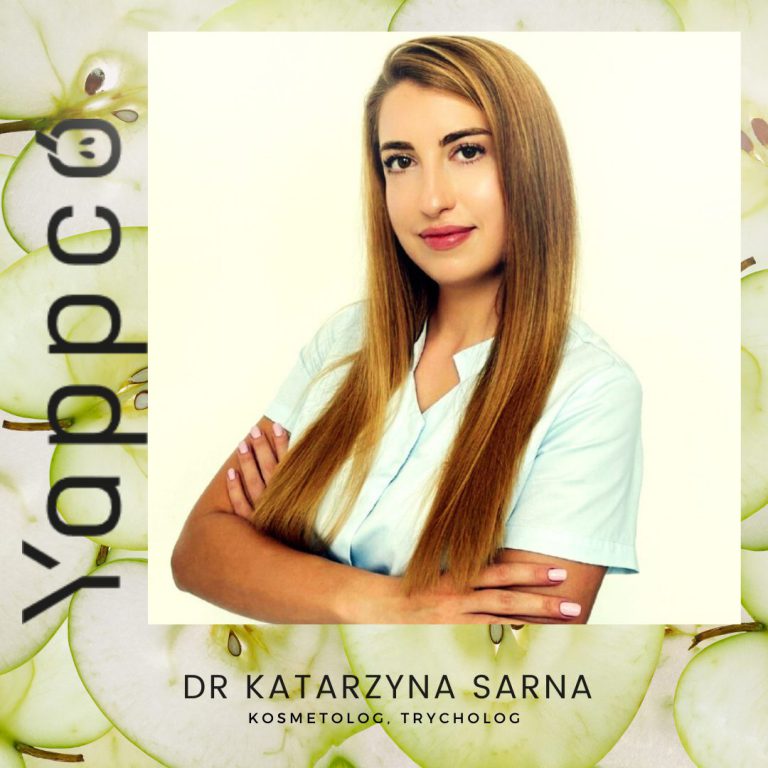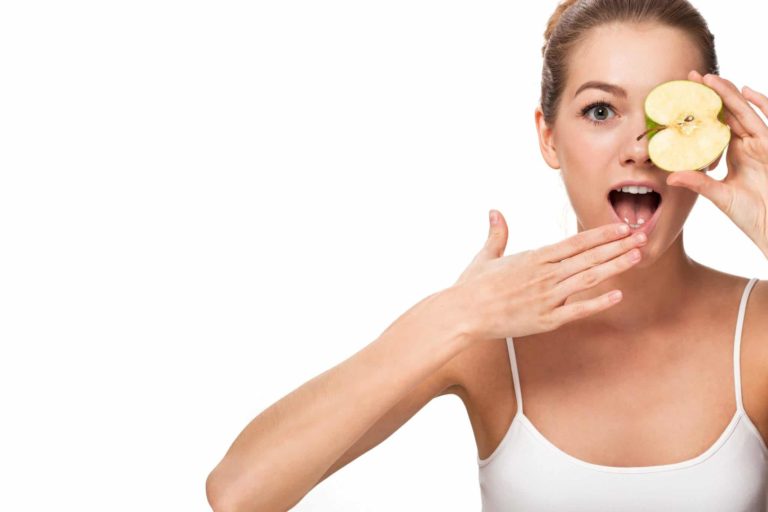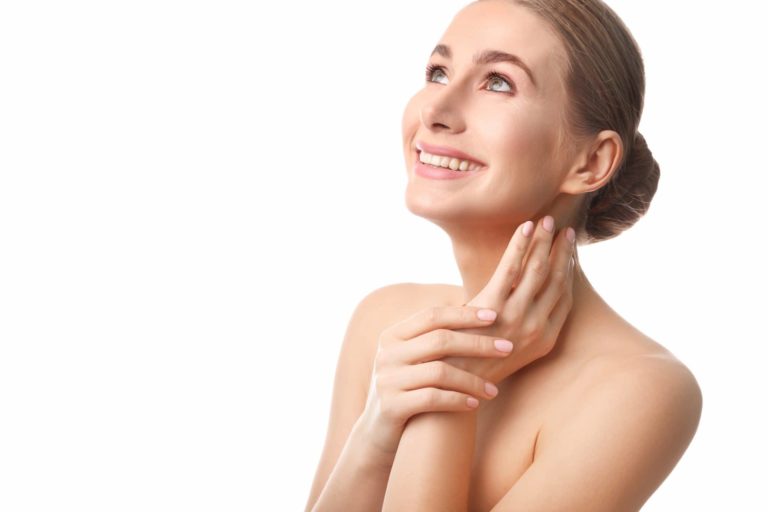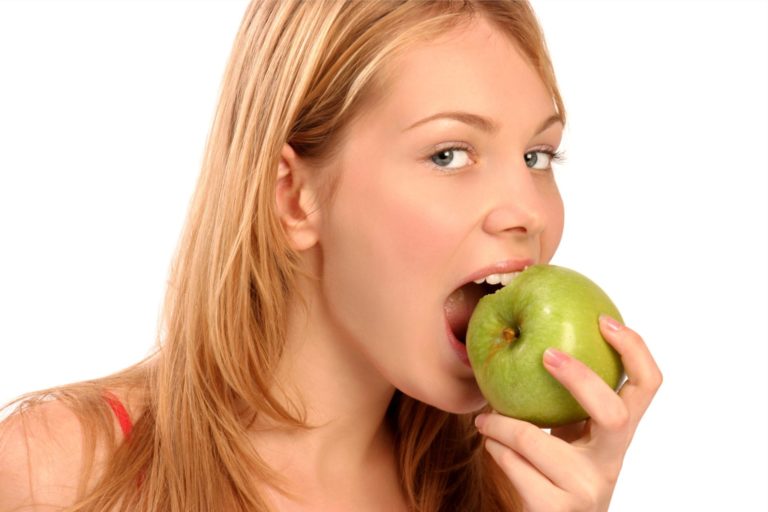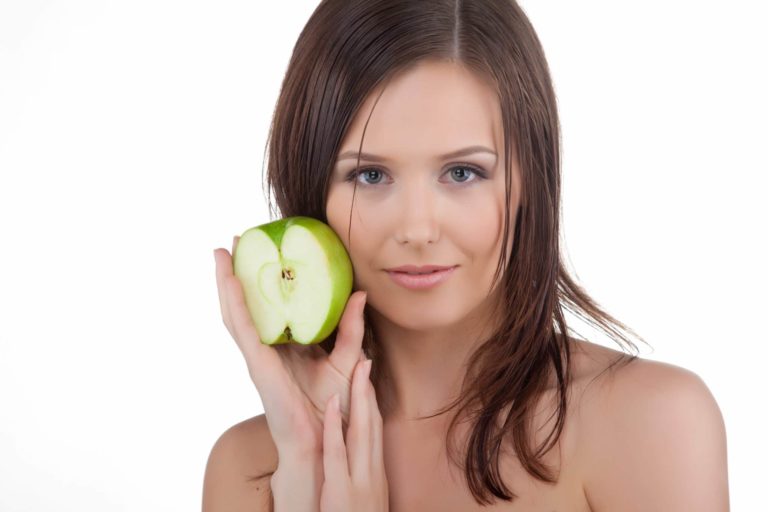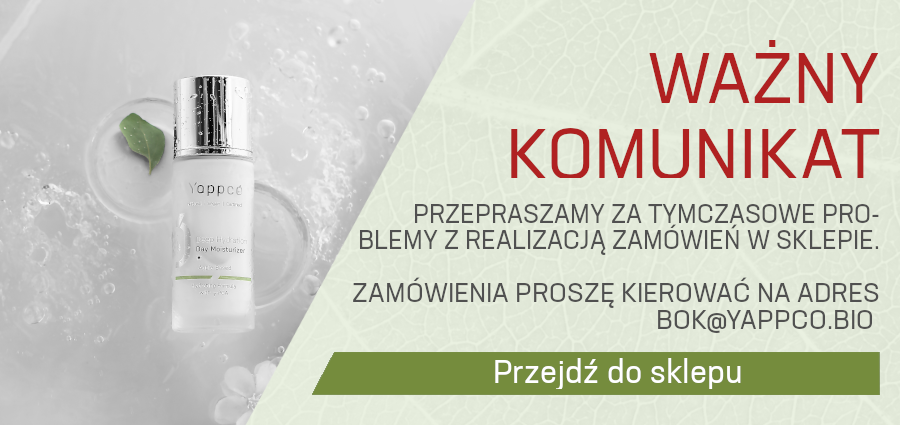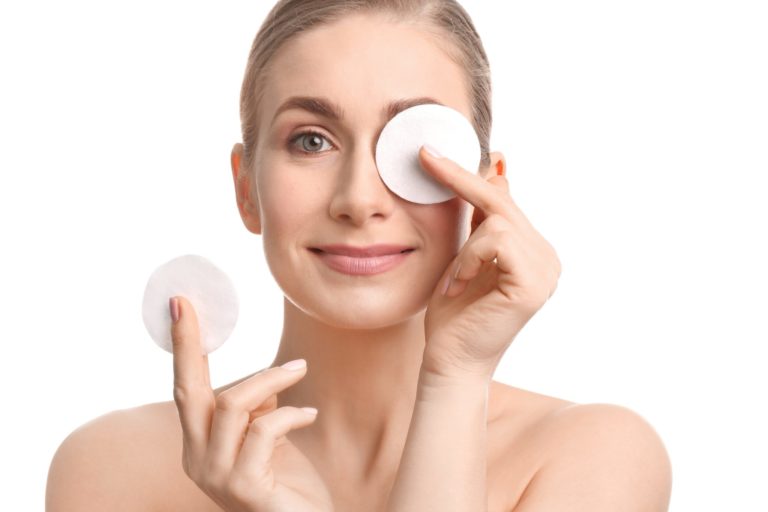
Protective anthocyanins
Anthocyanins – riches of apples and health.
Apples are full of substances extremely beneficial to our body. One of them are anthocyanins - natural pigments, which are responsible for the red colour of the peel. They protect and strengthen our body, including skin, nails and hair.
Anthocyanins in apples and more.
In plants anthocyanins serve a function of protecting tissues against excessive UV radiation. Anthocyanin synthesis is a photochemical process and occurs as a result of solar radiation. Therefore, plants which grow in sunny places, e.g. apples, are rich in this substance. Anthocyanins have a significant influence on the shade and intensity of the colour of plants. In short: the darker the colour of the fruit is, the more of this chemical compound it contains. These pigments also occur in flowers, fruit, leaves, stems, less often in roots and wood. In various plant species there are from several to a dozen of anthocyanin types, which vary in colour – from orange, through different shades of red and violet, to blue, which is conditioned by their structure. There are over 600 naturally occurring anthocyanins. In apples there is mainly cyanidin-3-galactoside (ideain) – a pigment responsible for the red colour. The development of redness in the apple peel requires light, and the amount of anthocyanins is connected with exposure to sun. Therefore, the development of redness in apple peel is greater on the side exposed to light than on the shaded one. In order to naturally improve the colour of the peel, special cultivation methods have been developed, which effectively support anthocyanin synthesis in apples. When it comes to apple varieties with red peel, in order to expose them to more light, the leaves covering the fruit are removed before harvesting. Rotating fruit and branches by proper pruning and placing supports under branches can also improve redness of the apple peel. Placing reflective screens on the ground also effectively increases the intensity of light reaching from below the crown of the apple tree.
Health effects of anthocyanins on a human body.
Anthocyanins have a positive effect on the cardiovascular system, which is connected with their anti-inflammatory properties, ability to strengthen blood vessels, and inhibiting platelet aggregation. They limit the formation of atherosclerotic plaques in arteries by decreasing LDL cholesterol oxidation. Thanks to their antioxidant properties, they reduce the destructive influence of free radicals on the body and protect DNA from mutations that lead to neoplasms. Free radicals have one or more unpaired electrons, which are acquired from other molecules from the body tissues, and thus damaging them. Anthocyanins stimulate the production of rhodopsin – a light-sensitive pigment found in the sight organ, which conditions the vision at dusk. In addition, anthocyanins have antibacterial properties, which contributes to the body protection against infections.
No negative effects of anthocyanins on the body have been detected. To sum up, as for the importance of this substance for the body, we should keep in mind the general principles of proper nutrition and eat fresh vegetables and fruit 5 times a day. Following this rule should provide a sufficient amount of bioactive substances, including anthocyanins. Another option is taking dietary supplements which contain this substance.
Anthocyanins protect and strengthen our body, including skin, nails and hair.
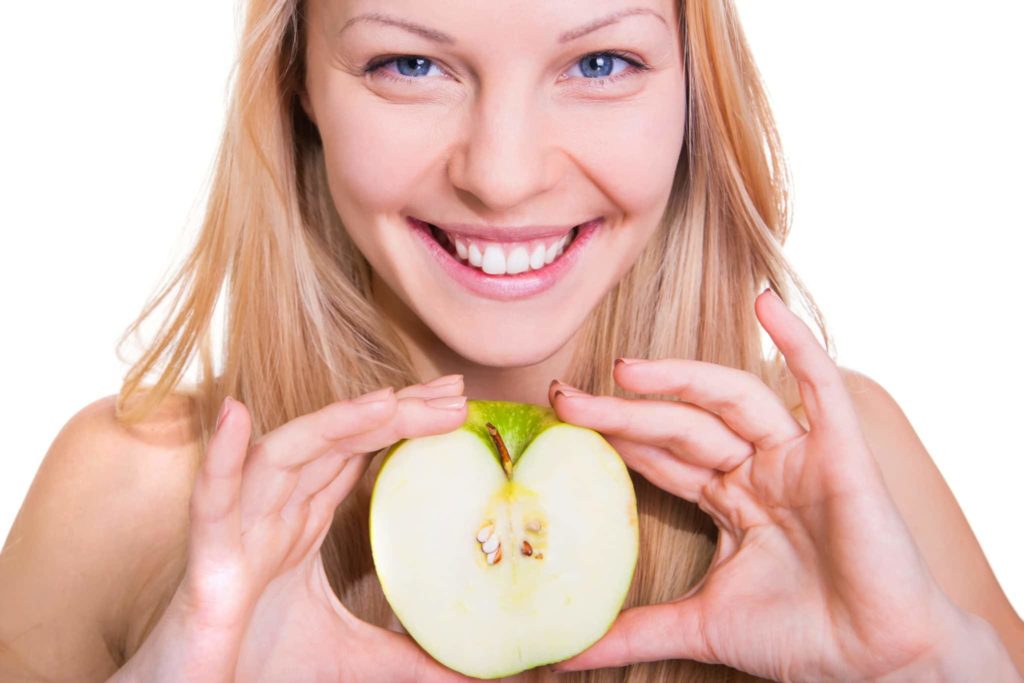
Sunscreen cosmetics and care products with UV filter and for sensitive, hypoallergenic, and aging skin, with anthocyanins
Natural cosmetics and care products enriched with anthocyanins protect the skin from the harmful effects of UVA and UVB rays. Thanks to this, anthocyanins have been used as a filter in sun care products. As sun protection does matter when it comes to photoaging, and also reduces the risk of skin cancer, anthocyanins make a perfect component of day face creams and lotions. In addition, anthocyanins have anti-inflammatory properties and reduce skin irritation. This is especially important for people with atopic, sensitive, and allergic skin, who are at risk of skin irritation. Of course, it is recommended to prevent it by using Yappco hypoallergenic natural care and beauty products, which are free of potentially irritating substances, such as fragrances, improper preservatives or dyes. Anthocyanins stimulate the collagen production, thanks to which they significantly contribute to the reduction and smoothing of wrinkles. Elastic collagen fibres are the basic building material of skin. They are responsible for skin elasticity and firmness. Along with aging, and as a result of external factors, such as solar radiation, they become brittle and the skin loses its young look. The property of reducing skin edema by anthocyanins is used in under-eye products. In addition, these compounds strengthen nails and improve the general condition of hair. That is why they are added to care products used for regeneration and nutrition of nails and hair.
The content of anthocyanins in apples depending on the variety mg /100g:
- Ligol 46
- Idared 26,8
- Cortland 8
- Rome Beauty 3
- Golden Delicious 1
Wr. T.Z.
Sources: Instytut Ogrodnictwa, Skierniewice, 2016; Role of Anthocyanins in Skin Aging and UV Induced Skin Damage, Leonel E. Rojo, Diana E. Roopchand, Brittany Graf, Diana M. Cheng, David Ribnicky, Bertold, Fridlender, and Ilya Raskin,; Boyer J, Liu RH. Apple phytochemicals and their health benefits. Nutr J. 2004 May; Ewa Piątkowska, Aneta Kopeć, Teresa Leszczyńska – antocyjany – charakterystyka, występowanie i oddziaływanie na organizm człowieka, żywność. Nauka. Technologia. Jakość, 2011, 4 (77), 24 – 35; Antioxidant Activity of Apple Peels, Kelly Wolfe, Xianzhong wu, and Rui hai liu*; Institute of Comparative and Environmental Toxicology and Department of Food Science, Stocking Hall, Cornell University, Ithaca, New York 14853-7201; Anthocyanins in Apple Fruit and Their Regulation for Health Benefits By Kaori Matsuoka. Submitted: September 1st 2018Reviewed: February 17th 2019. Published: March 14th 2019.
